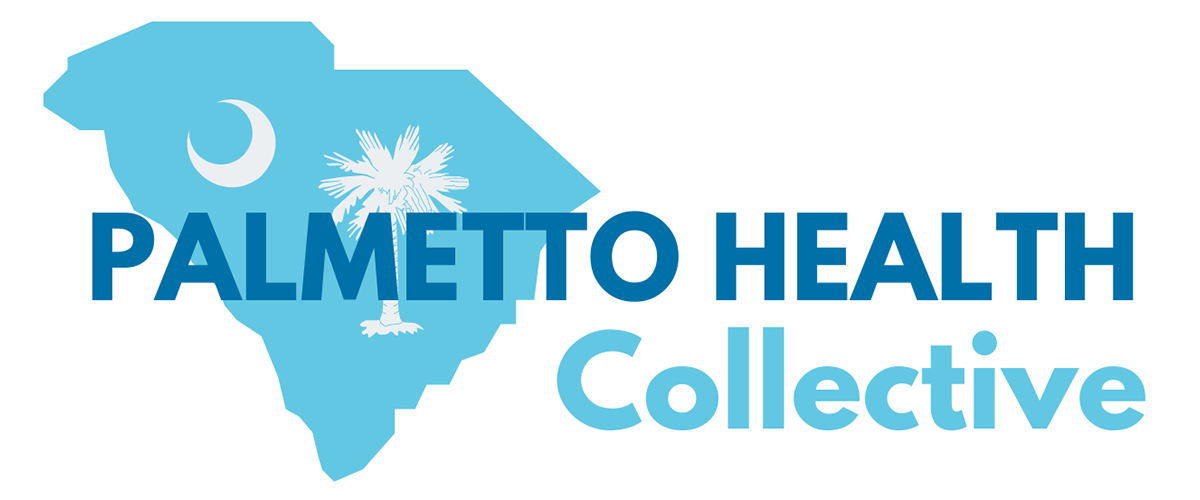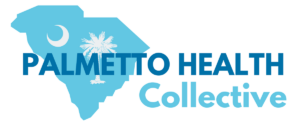PBMs are diverting billions of dollars intended for patients and using that money to offset their own drug costs as well as to reward shadowy companies who arrange for the confiscation of those funds. While many business practices in healthcare can shock the conscience when they are exposed, the accumulator and maximizer issues stand out, as one group of companies is quite literally pilfering billions from another group of companies that were intended to assist patients in managing their out-of-pocket (OOP) costs.
Historically, drug manufacturers have set up assistance programs to offset the patient’s out-of-pocket cost so they will not abandon their drug. That assistance would be applied towards a patient’s deductible and out-of-pocket responsibility.
Accumulator programs are a financial mechanism used by PBMs and insurers to draw down additional assistance program dollars and not apply the dollars to a patient’s out-of-pocket obligations. When the manufacturer assistance runs out, the patient’s out-of-pocket costs kick in. As a result, patients pay more out-of-pocket, drug manufacturers pay more out in assistance, and PBMs and insurers pay less in total.
Maximizer programs are similar but draw down all of the manufacturer’s assistance for a particular drug over the course of a year. This reduces the patient’s out-of-pocket obligations for that particular drug, but it does not eliminate a patient’s (sometimes significant) out-of-pocket obligations. A patient’s out-of-pocket obligations may simply be pushed to another drug or to the costs of a medical procedure.
The confiscation of these funds causes higher out-of-pocket obligations for the patient, which in turn causes patients to forgo care. Our estimate is that delayed or forgone care in the maximizer population could increase annual healthcare cost by between $1.3 billion and $2.5 billion.
These confiscations have not garnered the kind of media attention they deserve, possibly because the pilfered funds originate with pharmaceutical manufacturers, a sector that gets little media sympathy. On the other hand, the resources are inarguably intended for a noble purpose, to help patients pay for their medicine and help them to meet health plans’ growing out-of-pocket cost requirements. A recent American Cancer Society survey of cancer patients and their caregivers pointed out that 83 percent of respondents felt that the manufacturer assistance program enabled “them to get the medication they otherwise couldn’t afford.”1
This is not an obscure policy issue impacting a small universe of patients. According to the Drug Channels Institute, 80 percent of commercial insurance plans offered accumulator programs in their plan design by 2021, while 61 percent offered maximizer programs.2 For maximizer programs, 45 percent of plans do not simply offer maximizers as an option for employers but implement maximizer programs in the plan’s benefit design. There is new data to suggest that this growth has continued unabated. A January 2023 report from Avalere3 indicates that 83 percent of “commercial market enrollees” belong to health plans that have implemented accumulator programs while 73 percent belong to plans that have implemented maximizer programs.
The goal of this paper is to highlight the plight of patients, particularly those who may find themselves prescribed an expensive drug, who struggle to meet out-of-pocket requirements that are the result of PBM insurance benefit design. We chose to highlight patient out-of-pocket (OOP) costs for three conditions: Multiple Sclerosis (MS), Oncology, and Psoriatic Arthritis. As a recent paper4 from IQVIA demonstrates, PBM programs that keep OOP costs high for therapies of these three conditions have seen consistent growth from 2019 to 2022.

